Blog
Explore the Power of Lithium Innovation
Stay updated with the latest trends, technologies, and application insights in the world of lithium battery solutions
Search the whole station
Explore the Power of Lithium Innovation
Stay updated with the latest trends, technologies, and application insights in the world of lithium battery solutions
In the era of carbon reduction, lithium batteries have become the power source of choice for industries ranging from 3C digital products to power tools. Thanks to their high energy density, high voltage, long cycle life, fast charging, and environmental friendliness, they also play a central role in the new energy vehicle (NEV) industry. Beyond cars, lithium batteries are widely used in energy storage, making them one of the most promising technologies in today’s energy landscape.
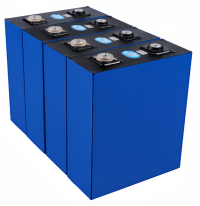
Battery cells—the core of every pack—come in three main shapes:
Each type encapsulates the positive and negative electrodes differently, depending on design requirements.
A complete battery pack is more than just cells. It integrates several subsystems that work together to ensure safety, efficiency, and long-term reliability.
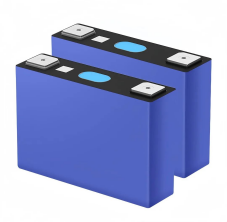
The modules act as the heart of the system, storing and releasing energy to power the vehicle.
Composed of the upper cover, tray, brackets, end plates, and bolts, the structure forms the skeleton, providing:
The electrical system consists of high-voltage busbars/harnesses, low-voltage harnesses, and relays.
Thermal management is essential for keeping the battery at a safe and efficient temperature. There are four main cooling methods:
For example, a water cooling system typically includes cooling plates, pipes, insulation pads, and thermal pads—functioning like the air conditioner of the battery pack.
The BMS is the brain of the battery, ensuring safe and efficient operation. It is made up of two core units:
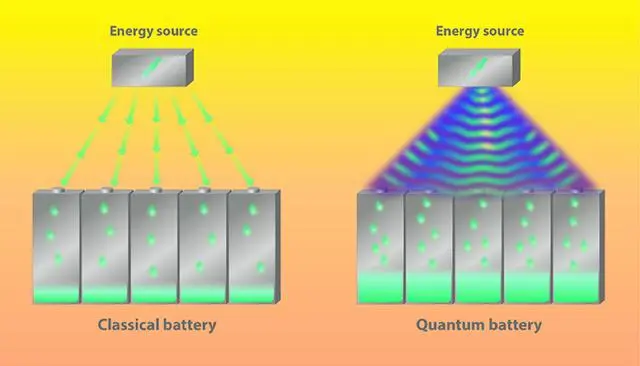
From the basic cell to the complete pack, every part of a lithium battery system plays a vital role—whether it’s the heart (modules), skeleton (structure), arteries (electrical system), air conditioner (thermal management), or brain (BMS). Together, they enable lithium batteries to power everything from small electronics to electric vehicles, making them one of the most critical technologies for the future of clean energy.
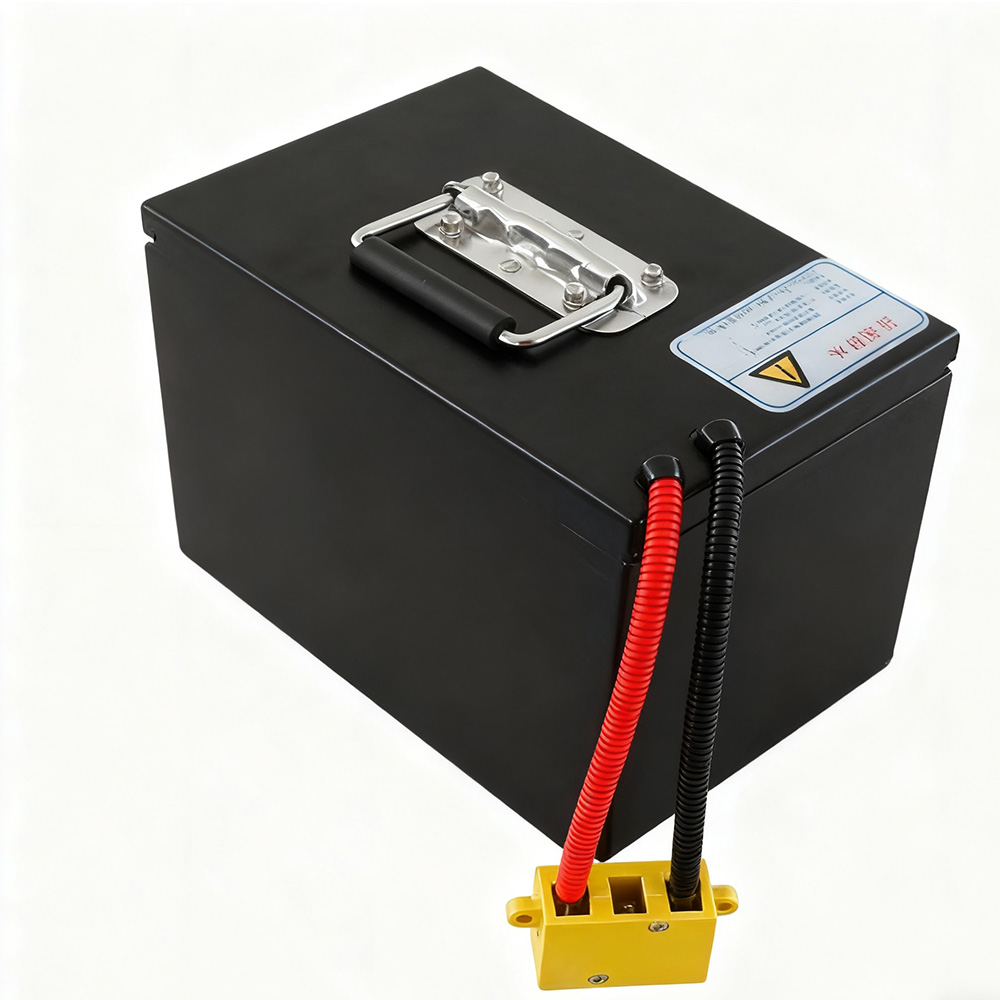
48V LiFePO4 Battery with 46.5Ah–100Ah options. Up to 2000 cycles, wide temperature range (-20°C~60°C), IoT GPS smart features, and 3-year warranty. Perfect for e-bikes, electric vehicles, and home energy storage.
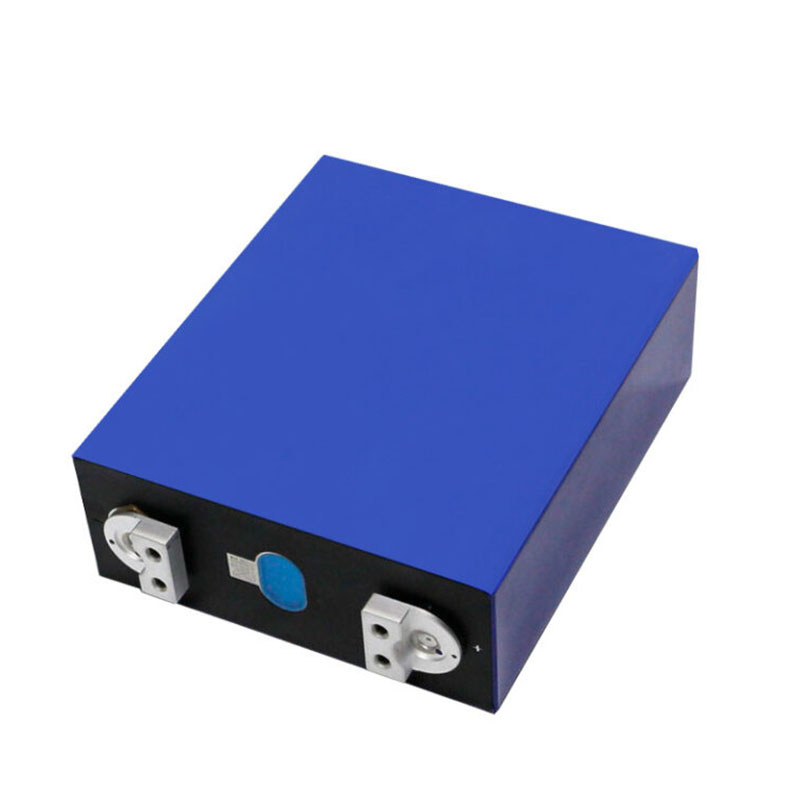
wholesale 3.2V 280Ah LiFePO4 lithium iron phosphate battery cells by Apsen Technology. Durable prismatic design with explosion-proof valve, ideal for EVs, solar storage, and industrial applications.

Buy wholesale 3.2V 80Ah LiFePO4 lithium iron phosphate battery cells by Apsen Technology. Safe, long-lasting prismatic cells ideal for electric vehicles, renewable energy storage, backup power, and industrial equipment.

wholesale 3.2V 160Ah LiFePO4 battery cells by Apsen Technology. Durable, safe, and long-lasting lithium iron phosphate cells with low internal resistance, ideal for electric vehicles, solar energy storage, and home backup power systems.

Wholesale 10KWh Power Wall from Apsen Technology — a reliable, high-capacity 48V 200Ah lithium iron phosphate battery with over 6000 cycles. Perfect for home solar storage, communication base stations, and energy backup. Customizable, safe, and efficient.

Buy high-quality 5KWh Power Wall mounted solar batteries with 48V 100Ah capacity. Featuring Grade A lithium iron phosphate cells, BMS protection, and over 6000 cycles lifespan. Ideal for home photovoltaic energy storage and communication base stations. OEM & wholesale options available.
Solid-state batteries use solid electrolytes instead of liquid, offering higher energy density and safety. Learn what they’re made of, their advantages, and the challenges to commercialization.
View detailsDiscover the advantages, applications, and assembly insights of 10S3P lithium-ion battery packs. Apsenx delivers safe, efficient, and long-lasting customized solutions for electric transportation, energy storage, and professional equipment.
View detailsExplore the factors affecting lithium-ion battery performance in cold environments, including electrolytes, cathode and anode materials, and low-temperature optimization strategies. Learn how research addresses capacity, safety, and cycling challe...
View detailsExplore the rapid growth of the lithium iron phosphate (LFP) battery market, its applications in electric vehicles and energy storage, and the leading role of CATL in global LFP production.
View details
HelloPlease log in